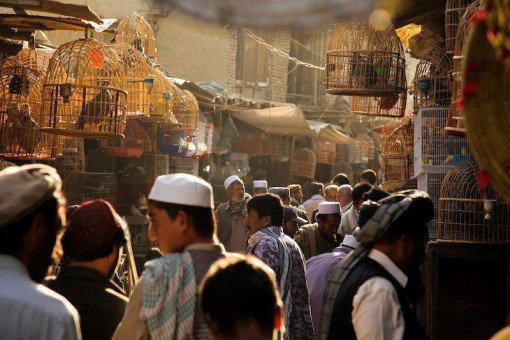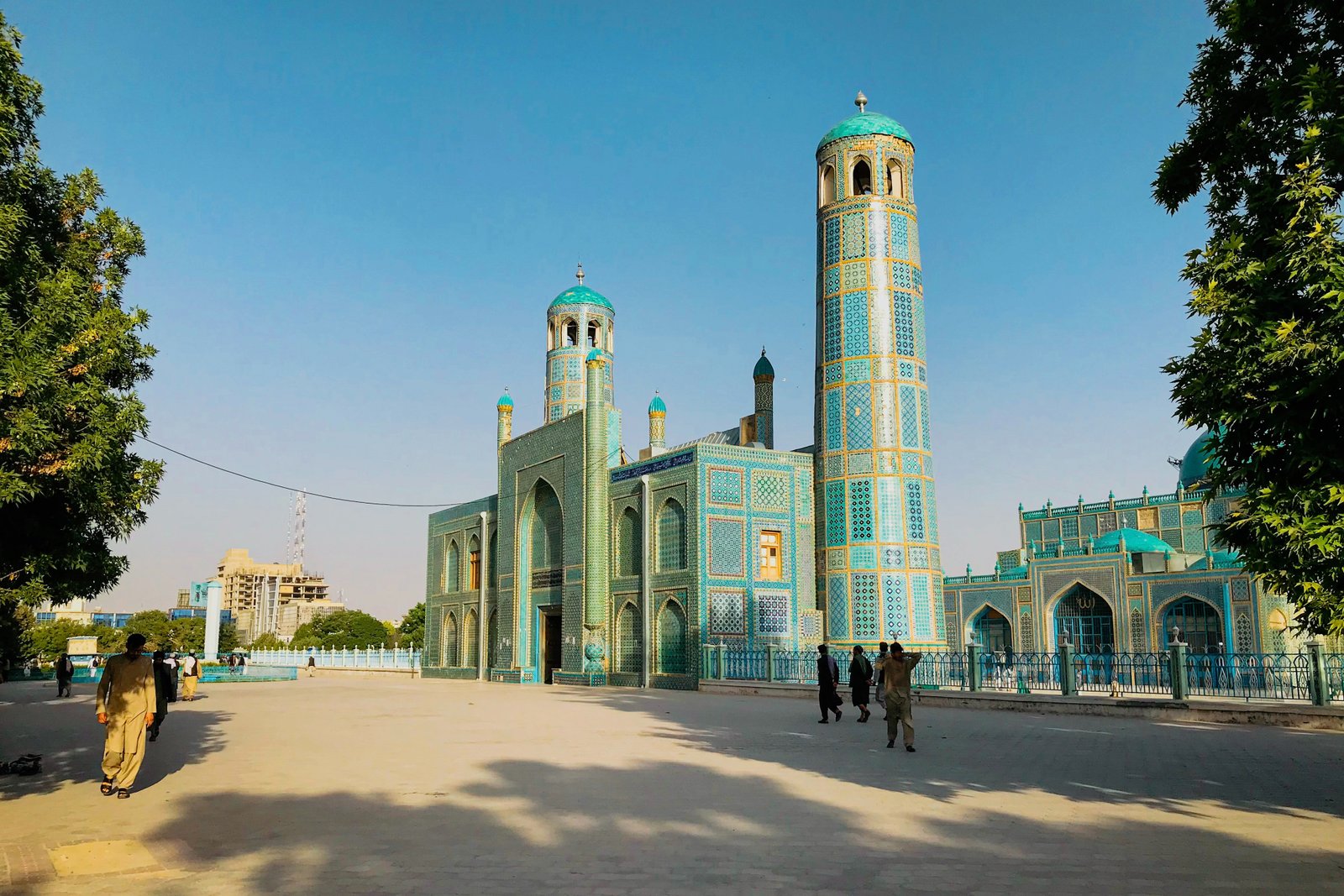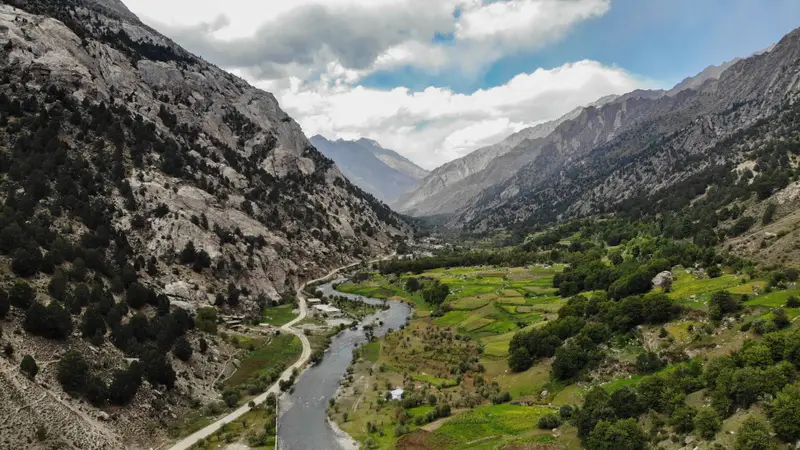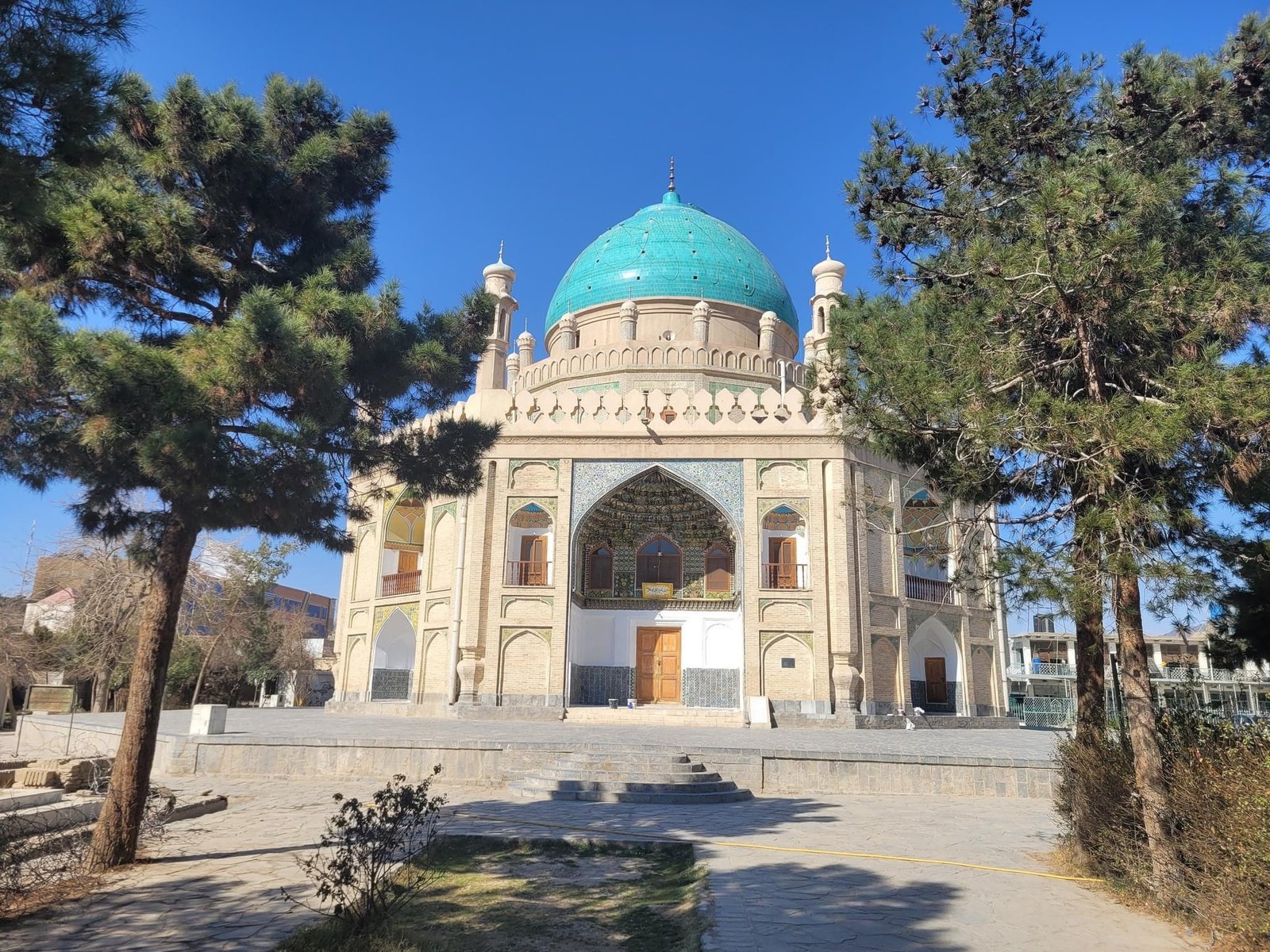
Kabul
The City of Hospitality
Kabul is situated in the eastern half of Afghanistan. The capital of this province is Kabul city, which is Afghanistan's capital and largest city. The population of the Kabul Province is over 5.5 million people as of 2022, of which over 85 percent live in urban areas. Kabul is known for its historical gardens, bazaars, and palaces; well-known examples are the Garden of Babur and Darul Aman Palace, as well as the Arg. Kabul is strategically situated in a valley surrounded by high mountains at the crossroads of north-south and east-west trade routes. Kabul is surrounded by Koh-e Paghman Mountain from the east, Koh-e Qrough Mountain from the southwest, and Koh-e Shirdarwaza Mountain from the northeast. Kabul has only one river which is called the Kabul River. Kabul River rises at the Paghman Mountain toward South Pass about 70 km (43 mi) west of Kabul. It flows in an easterly direction, past Kabul, and through Jalalabad city, and then on to Dakka where it enters Pakistani territory and finally runs into the Indus at Attock.
Top sights of Kabul
Shrine of Sakhi
The mosque Rawza Sakhi Shah-e-Mardan, also known as the Rawza-e-Sakhi Shrine, is a historical mosque located in the city of Kabul, Afghanistan. It is named after Sakhi Shah-e-Mardan, who is believed to have been a companion of the Prophet Muhammad. The mosque is said to have been built in the 18th century, and it is known for its intricate tilework and calligraphy. The mosque is a popular pilgrimage site for Shia Muslims, and it is also considered a significant architectural and historical landmark in Kabul. Some stories say that it's a place for miracles and blessings.
Paghman
Paghman is a beautiful valley in Kabul. The Paghman area is greener compared to many other parts of the region and also has fruit trees. The gardens of Paghman are a major tourist attraction, and this valley is also known as the garden capital of Afghanistan. It is located at the foot of the Hindu Kush mountain range. Taq Zafar is located in the current market of the Paghman and it's also one of the historical and scenic places of this region. It has been narrated about the construction of this arch when Shah Amanullah Khan, the then king of Afghanistan, took the independence of this country from the British in 1919, he thought of making a symbol for the independence of this country and built the Taq Zafar.
Qargha
Qargha is a dam and reservoir near Kabul. The reservoir and its peripheral areas provide recreation facilities such as boating, surfing, golfing, etc, and has a hotel on its bank. This area is surrounded by green hills and it’s one of the best places for sightseeing and entertainment. From March till the end of October, Qargha attracts hundreds of local and foreign tourists. Every day scores of people go for a picnic at Qargha Lake, but it becomes a very busy place on Thursday and Friday. This place holds transcendental beauty for nature lovers, families, and those who want to enjoy their picnic. It lies near the Paghman Valley in the lap of green hills. It gives visitors relaxation, particularly during the evening. Many shops, cafes, cottages, and small restaurants were built in the area in the past ten years. Qargha Lake has facility of paddle ride boat, electronic cradle, and other instruments for children and families.
Bagh-e-Babur
Bagh-e-Babur also known as Garden of Babur, is a historic site in Kabul, Afghanistan. The garden of Babur has several terraced buildings, a small mosque, and plenty of walking space. Visited by up to one million locals and foreign tourists a year, it is also where the tomb of the first Mughal emperor Babur Shah is located. The park is thought to have been developed around 1504 when Babur Shah gave orders for the construction of an "avenue garden" in Kabul, described in some detail in his memoirs, the Baburnama. It has been re-developed by various Afghan rulers since then.
Dural Aman palace
Amanullah Khan, ruler of Afghanistan between 1919 and 1929, ordered the construction of the impressive structure, intending the palace to be the centerpiece of a new capital city in the country. The 150-room Darul Aman Palace was originally built in the 1920s, during the reign of Amanullah Khan. He reigned as Amir of Afghanistan between February 1919 and June 1926 and as King of Afghanistan between June 1926 and January 1929. The palace was severely damaged during the 1990s civil war. However, between 2016 and 2020, the palace was renovated and completely restored to its former glory, work being largely completed for the 100th anniversary of Afghan independence, which was on 19 August 2019.
National Museum of Afghanistan
For thousands of years, Afghanistan was a crossroad for trade from India, Iran, and Central Asia. As a result, many treasures and artifacts have been discovered and collected. The Kabul Museum houses the most comprehensive record of Central Asian history. Many of its pieces have been dated as far back as pre-historic times. One of the museum’s largest displays was the magnificent Bagram Collection. Discovered in 1939, by archaeologists excavating a Kushan fort, it contained an amazing 1,800 pieces from India, Rome, Greece, Egypt, and Central Asia. The Kabul Museum also had one of the largest displays of Greek and Roman coins found near Kabul. This collection was a historical treasure, as it contained coins from numerous civilizations dating from the 8th century B.C. to the late 19th century.
The first museum in Afghanistan was established in 1919 at the Bagh-i-Bala palace overlooking Kabul and consisted of manuscripts, miniatures, weapons, and art objects belonging to the former royal families. A few years later the collection was moved to the king's palace in the center of the city and in 1931 it was officially installed in the present building, which had served as the Municipality. The original collection was dramatically enriched, beginning in 1922, by the first excavations of the Delegation Archéologique Française en Afghanistan (DAFA). Through the years other archaeological delegations have added their finds to the museum until today the collection spans fifty millenniums Prehistoric, Classical, Buddhist, Hindu, and Islamic and stands as one of the greatest testimonies of antiquity that the world has inherited.
Other attractions in Kabul:
- Mausoleum of Timur Shah
- Minar-i- Istiqlal
- Bala Hissar Fort
- Minaret of Chakari
- Kabul City Center
- Kabul Golf Club
- Shah Do Shamshira Mosque
- Bagli Bala Park
- Bibi Mahro Park
- Mausoleum of Zahir Shah & Nadir Shah
- National Gallery of Afghanistan
- Id Gah mosque
- Bala Hisar
- Old City Walls
- Istalif
- Guldara Stupa




